- Vintage cars
- Classic cars
- Car exhibition
- Kolkata automotive event
- Classic Drivers Club
- Restored automobiles
- British vintage cars
- Motoring heritage
- Antique motorcycles
- Car collectors
‘Vintage Car Events Keep Classic Automobiles Roadworthy’
- By Gaurav Nandi
- February 28, 2025
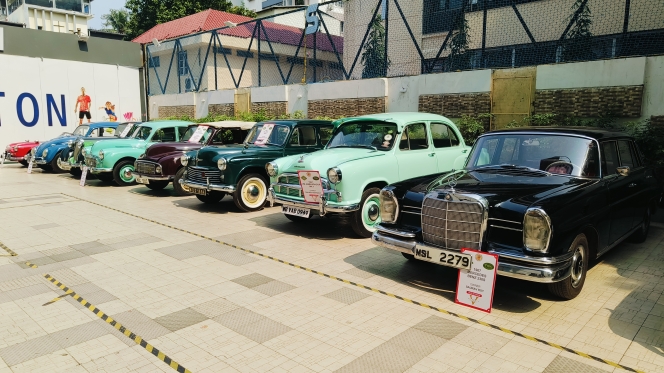
The Classic Drivers Club (CDC) recently hosted its fourth Vintage and Classic Car exhibition of the year at a posh Kolkata club bringing together aspirants, owners and restorers of these lost jewels. The event showcased a total of 62 vehicles, while some were left out due to a lack of space.
Among the standout exhibits were iconic British automobiles and motorcycles that defined an era of engineering excellence. The 1937 Rolls-Royce 25/30 and Colwyn Cabriolet reflected pre-war opulence, while the Morris Minor (1949-1951) and Austin 7 evoked nostalgia for Britain’s golden age of motoring.
Enthusiasts admired the MG Magnette ZA (1955) and Triumph Spitfire 4 (1963), which embodied mid-century sports car charm, while rugged classics like the Land Rover Series 3 (1974) and Range Rover Classic (1984) underscored the nation’s off-road dominance.
On two wheels, the BSA Bantam D1 (1948) and Ariel Red Hunter (1937, 1947) stood alongside wartime legends such as the Matchless G3L (1941) and Triumph 3HW (1940), highlighting Britain’s role in shaping global motorcycling history.
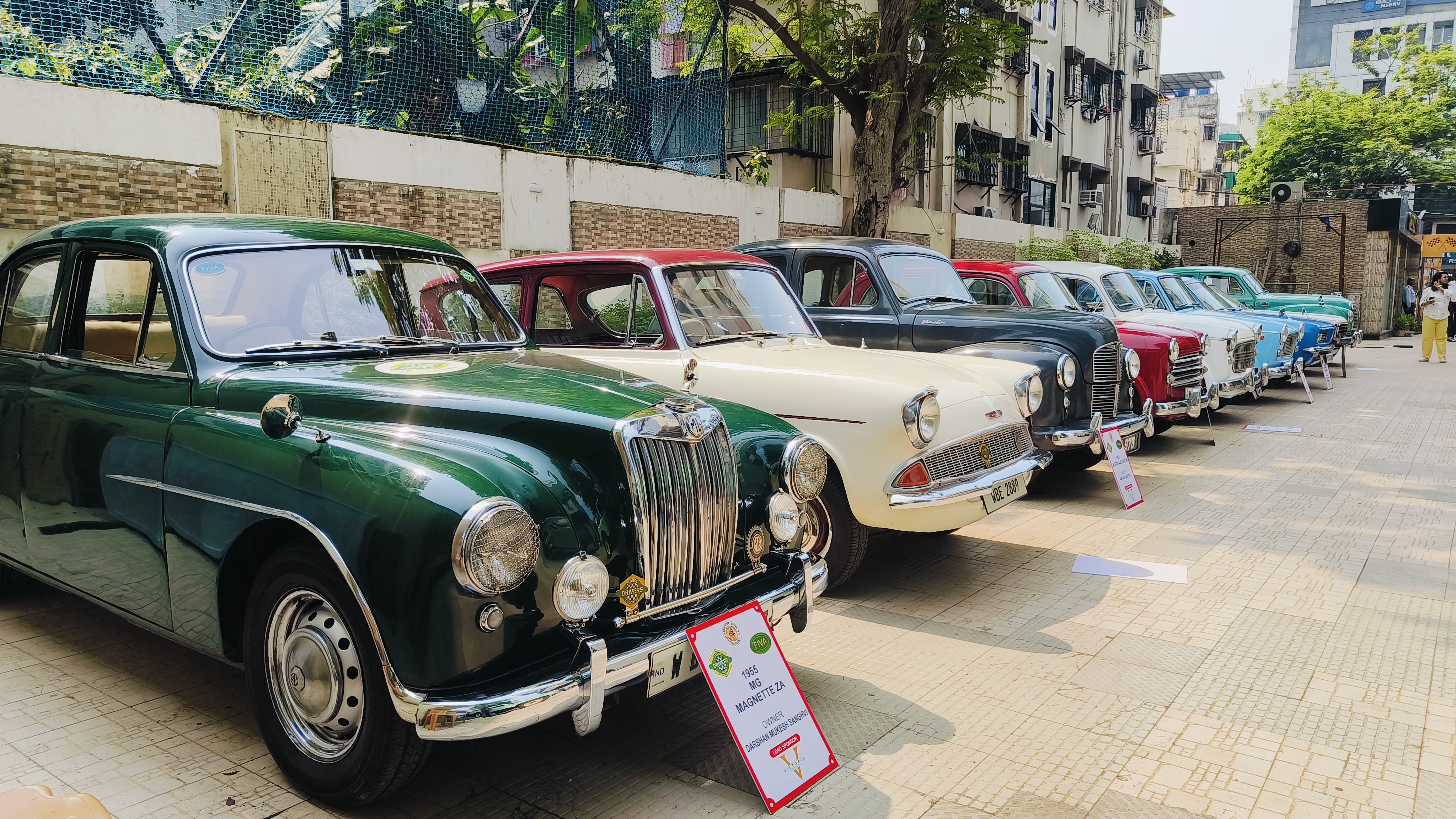
Besides the British automobiles, the exhibition featured a diverse line-up including the Volkswagen Beetle, Fiat 1100 series, Chevrolet Fleetmaster and Mercury 8, alongside Indian icons like the Hindustan Ambassador and Contessa. Legendary two-wheelers such as the Vespa, Yamaha RX100 and Rajdoot GTS 175 added to the show’s global appeal.
These meticulously restored machines weren’t just showpieces but living testaments to automobile ingenuity, drawing admiration from collectors and history buffs alike.
Speaking to Motoring Trends about how these exhibitions serve as a platform for reliving lost times, Pallab Roy, a vintage and classic car owner and restorer averred, “Kolkata, a city steeped in heritage, extends its cultural legacy beyond architecture and historic buildings to vintage automobiles. With growing awareness, these classic cars are increasingly showcased at exhibitions, ensuring preservation and maintenance. Unlike static artifacts, vintage cars require periodic use to remain operational, much like old cameras or watches that deteriorate when left idle. Events like this provide an opportunity to keep them roadworthy, facilitating servicing, cleaning and restoration.”
Among his notable collections was a 1967 Mercedes-Benz 230S, a luxury-class model that introduced the monocoque chassis, coolant-based radiators and tubeless tyres—marking significant innovations for its time.
Another highlight of his collection was a meticulously restored 1947 Chevrolet Fleetmaster Sport Sedan with original upholstery patterns, a wood-grain dashboard and factory-matched paint composition. Completing the collection was a 1951 Mercury, a right-hand-drive export model featuring a flathead V8 engine and the distinctive ‘suicide doors’, later phased out due to safety concerns.
“The perception of vintage cars in Kolkata has evolved dramatically. Decades ago, classic automobiles were often abandoned on roadsides or sold for scrap. Today, increased global exposure through the internet and events has fueled a strong collector’s market. Unlike modern vehicles designed for rapid model turnover, early automobiles were built to endure for decades, often requiring in-house maintenance in remote areas. This resilience, combined with growing public interest, particularly among younger generations, has revitalised Kolkata’s classic car scene, ensuring these automotive icons remain in pristine condition for years to come,” he noted.
Reviving eras past
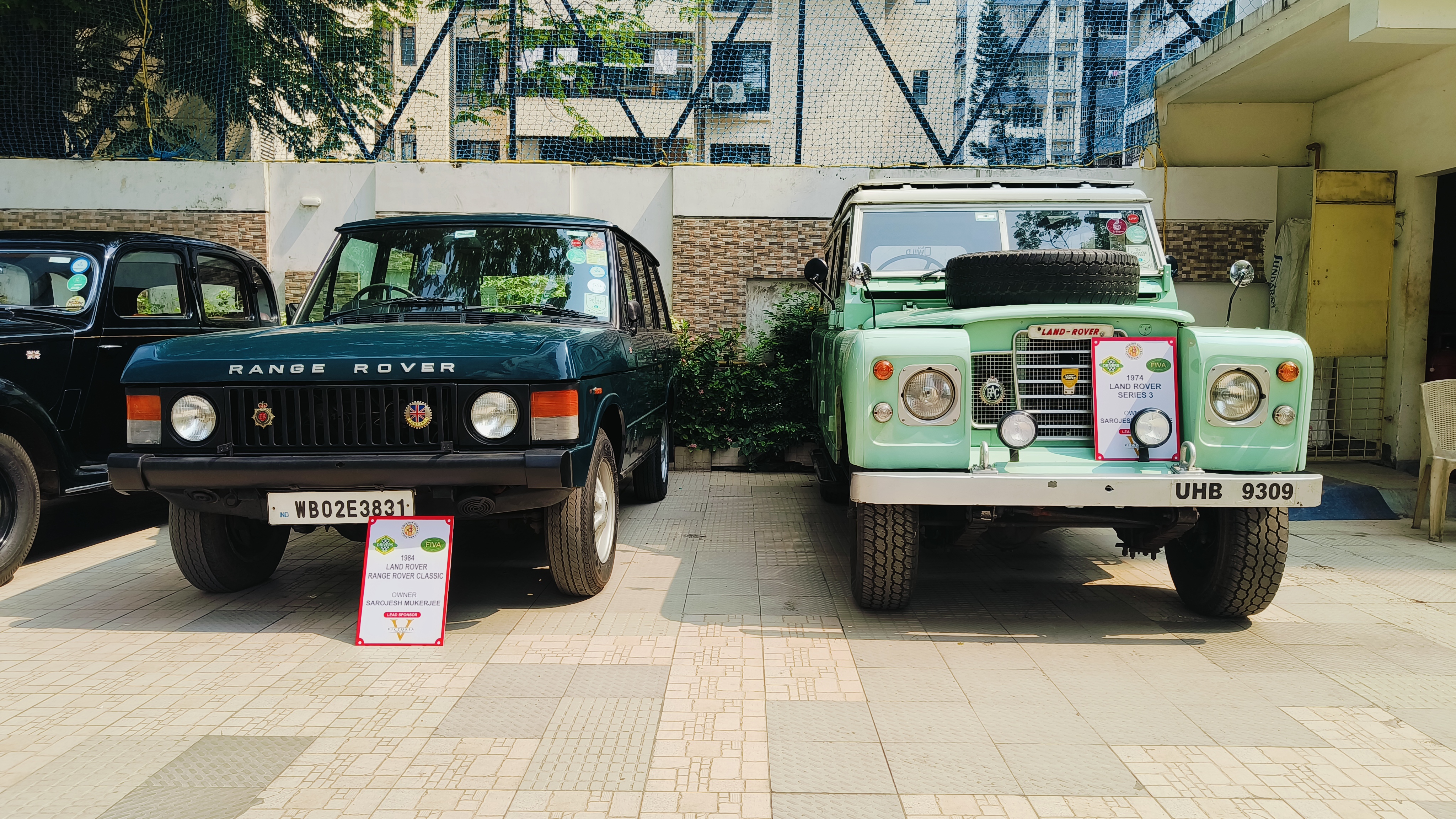
Saikat Dutta, owner of a 1963 Triumph Spitfire, candidly spoke about the difficulties in maintaining classic cars. “I have had this car for nearly two decades but maintaining it presents significant challenges, particularly when sourcing spare parts. Everything has to be imported. Even the smallest bolts are unavailable locally, requiring shipments from the UK or the US, where suppliers like Moss Motors continue to manufacture components.”
“However, the future of vintage car preservation is uncertain. The number of skilled mechanics proficient in maintaining these machines is dwindling as newer generations focus on modern vehicles. With fewer experts available to service these aging automobiles, ensuring their longevity will require dedicated enthusiasts, continued knowledge transfer and access to specialised parts and expertise,” he added.
His passion for vintage automobiles began in childhood, shaped by a home filled with classic cars. While life briefly took him away from the hobby, a close friend, Sanjay Ghosh, a noted collector, rekindled his enthusiasm, leading him to acquire his 1947 Chevrolet Fleetmaster in 2007.
Ritabrata Mukherjee, a member of the general committee at CDC, reflected on the organisation’s journey since its inception in 2017 stating, “With a growing community of approximately 150 members collectively owning around 200 vintage and classic automobiles and motorcycles, the club has established itself as a cornerstone of Kolkata’s classic car culture,” said Mukherjee.
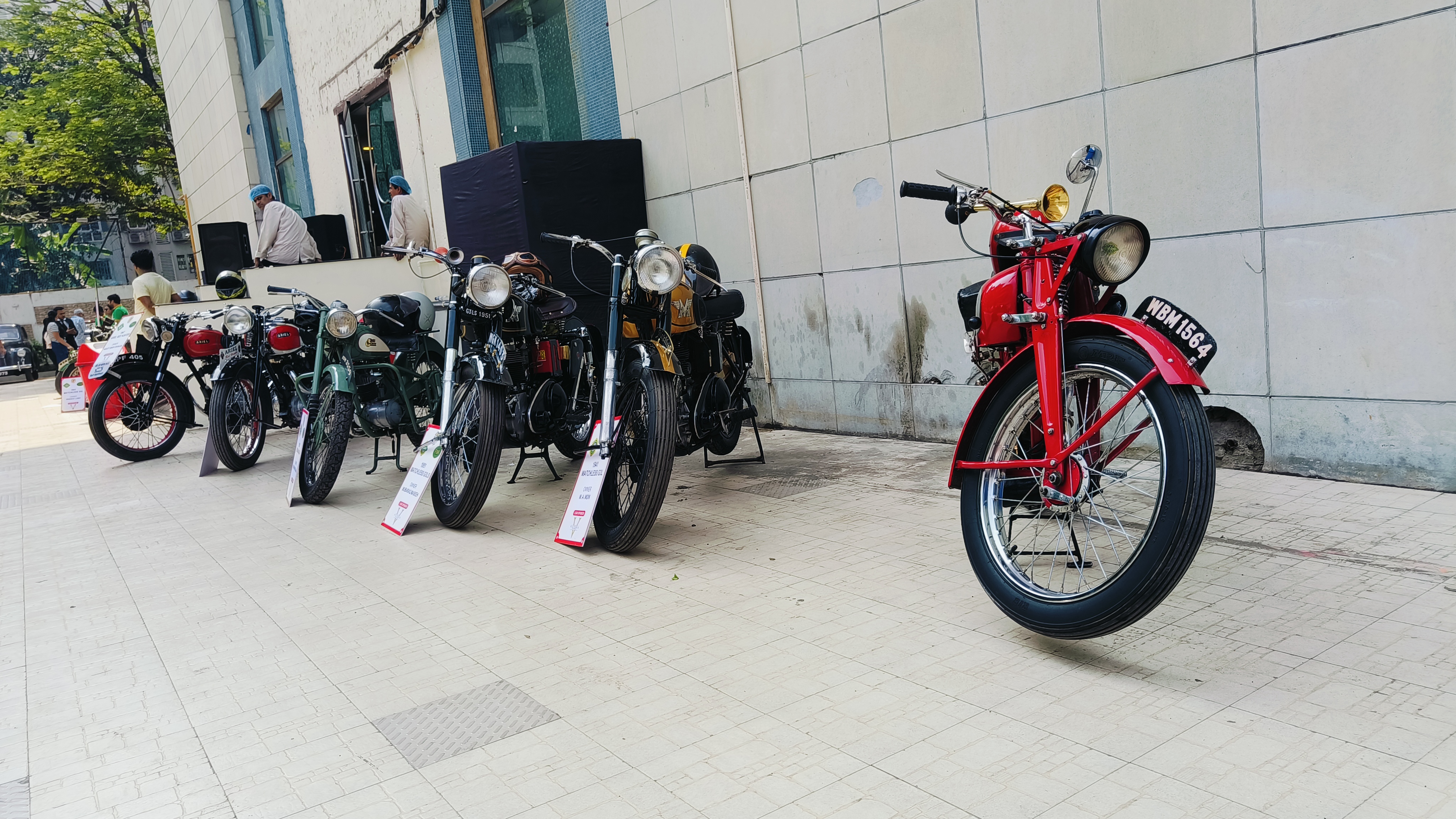
Over the years, CDC has hosted nearly 200 events, collaborating with prestigious institutions such as the Calcutta Club, Saturday Club and Hindustan Club. Flagship initiatives include the Alipore Museum Show and the Braille Rally, a unique CSR initiative entering its second year.
Commenting on how far is the club’s footprint, he noted, “Currently, membership is exclusive to West Bengal, though expansion beyond the state is under consideration. The club organises six to eight annual events including long-distance drives to heritage destinations within the state. Unlike traditional collectors, who view vintage vehicles as static relics, the club emphasises road use, ensuring these machines remain functional.”
The club has also fostered academic collaborations, recently partnering with IIT Kharagpur and preparing for an upcoming engagement with Jadavpur University’s festival in March, where vintage cars and motorcycles will be showcased.
At its core, the club is dedicated to preserving Kolkata’s rich motoring legacy ensuring that these historic automobiles remain not just museum pieces but living testaments to a bygone era of craftsmanship and design.
Citroen India Delivers 51 C3 CNG Vehicles To Luthra Group
- By MT Bureau
- December 24, 2025
Citroen India, in partnership with its dealership La Maison Nanavati, has completed the handover of 51 Citroen C3 CNG vehicles to the Luthra Group. The ceremony took place at the Luthra Group’s headquarters in Surat.
The delivery is part of Citroen's strategy to expand its presence in tier-II and tier-III markets by providing mobility solutions to businesses and individuals.
The Citroen C3 CNG is designed for high-usage environments and daily commutes. The model includes several features tailored for the Indian market, integration of a factory-fitted CNG kit to manage running costs. A suspension system tuned specifically for local road conditions. Provisions for cabin space and air-conditioning systems designed for high-ambient temperatures.
The handover to Luthra Group represents the brand's focus on cost-efficient transportation. By targeting the regional business sector, Citroen India aims to strengthen its footprint in Gujarat and the broader Indian mobility market.
The C3 CNG is positioned as a solution for users requiring reliability and low operating expenses without compromising on ride comfort.
Maruti Suzuki India Partners Uttar Pradesh Gramin Bank For Retail Financing
- By MT Bureau
- December 24, 2025
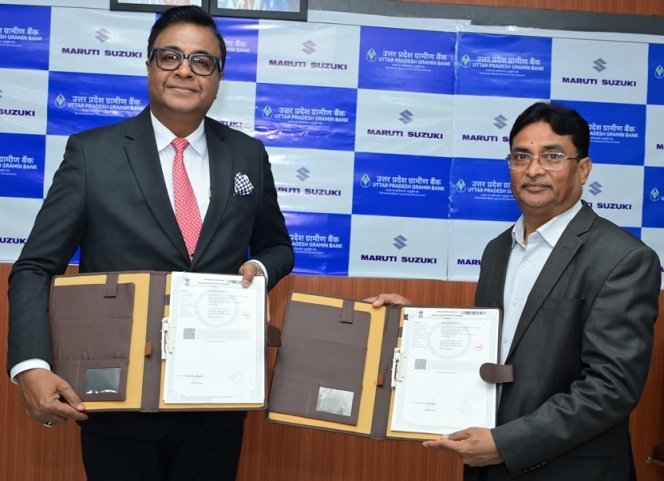
Maruti Suzuki India has signed a Memorandum of Understanding (MoU) with Uttar Pradesh Gramin Bank, a regional rural bank, for vehicle retail financing partnership on new cars, pre-owned vehicles and commercial vehicles.
This collaboration marks the 50th retail finance partner for Maruti Suzuki India. The partnership is intended to use the bank’s network to provide credit options to a range of customer profiles, particularly in rural and semi-urban regions.
The partnership aims to increase the accessibility of Maruti Suzuki products through, tailored finance schemes designed for rural and regional customers.
Partho Banerjee, Senior Executive Officer, Marketing & Sales, Maruti Suzuki India, said, “Our partnership with Uttar Pradesh Gramin Bank marks a significant milestone as we onboard our 50th retail finance partner. This reinforces our commitment to making car ownership simpler and more affordable for customers across India. By expanding our reach through this strategic alliance, we aim to empower buyers with competitive, customer-friendly financing solutions that enhance the overall purchase experience. We remain focused on delivering seamless, tailored finance options, and this collaboration strengthens our vision of providing the Joy of Mobility to aspiring Indian consumers.”
Yadav S. Thakur, Chairman, Uttar Pradesh Gramin Bank, said, “At Uttar Pradesh Gramin Bank, empowering customer aspirations is at the heart of everything we do. Our partnership with Maruti Suzuki, a leader in the automotive industry, is a strategic step towards enhancing our service offerings and delivering greater value to our customers. This collaboration aligns with our 'Customer-First' mission, enabling us to provide accessible and affordable vehicle financing solutions. We look forward to helping more individuals and families across the country realise their dream of owning a Maruti Suzuki vehicle.”
Kia India Commences Production Of New Seltos In Anantapur
- By MT Bureau
- December 23, 2025

Kia India has started production of the latest generation Seltos at its manufacturing facility in Anantapur. The company has confirmed that prices for the mid-SUV will be announced on 2 January 2026.
The Anantapur plant, established in 2019, serves as a hub for both the Indian domestic market and international exports. The facility uses automation and a local workforce to manufacture the Seltos, which was the first model produced by the company in India.
The new model is built on Kia’s K3 platform, which has been engineered to increase structural rigidity and improve suspension damping. The vehicle has grown in size compared to its predecessor to increase cabin space and stability. It has 4,460 mm of length, 1,830 mm of width and a wheelbase of 2,690 mm.
The exterior design follows the ‘Opposites United’ philosophy, featuring a ‘Digital Tiger Face,’ LED projection headlamps, and alloy wheels with neon brake callipers.
The vehicle integrates several digital interfaces and driver assistance systems. It features an upgraded Kia Connect 2.0 suite with over-the-air (OTA) software updates and a proximity unlock function.
In terms of safety, it gets 24 features as standard, while ADAS Level 2 offers 21 autonomous features to assist the driver. The Kia Seltos SUV comes with three engine options – 1.5-litre Petrol producing 115 PS of power and 144 Nm of torque, 1.5 T-GDI Petrol producing 160 PS of power and 253 Nm of torque and a 1.5-litre diesel engine producing 116 PS of power and 250 Nm of torque.
Transmission choices include a 6-speed manual (6MT), intelligent manual (6iMT), IVT, 7-speed dual-clutch (7DCT) and a 6-speed automatic (6AT). The model will be sold in four trims – HTE, HTK, HTX and GTX – with additional option variants and an X-Line styling pack.
Gwanggu Lee, Managing Director & CEO, Kia India, said, “The roll-out of the All-New Kia Seltos marks a proud milestone for Kia India. Seltos has long set benchmarks in the mid-SUV segment, and this new generation represents a bigger, bolder, and more progressive evolution shaped by insights from Indian customers. With production now underway at our Anantapur facility, our teams are fully geared to ensure customers can take delivery of their all-new Seltos without long waiting periods. We are confident the all-new Seltos will once again redefine expectations in the segment and strengthen Kia’s leadership in India."
“The new Seltos looks fantastic. The Anantapur team, together with our supplier partners, have done an outstanding job in delivering our customers a great looking, significantly bigger, technologically progressive and safe vehicle with impressive functionality and connectivity,” he said.
- Citroen India
- Jeep
- Stellantis
- Citroen 2.0
- Shailesh Hazela
- Kumar Priyesh
- Sree Venkata Teja Kethineni
- VTK Automobiles
Citroen India Opens 126th Outlet In Chennai Under Citroen 2.0 Strategy
- By MT Bureau
- December 23, 2025
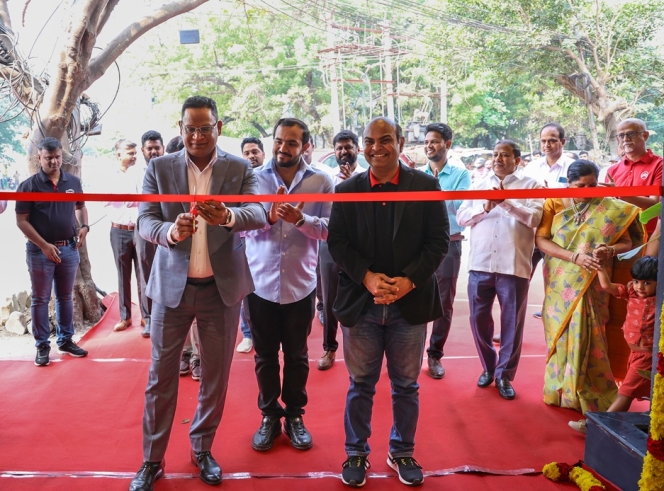
Stellantis-owned French automotive brand Citroen India has inaugurated its 126th point of sales and service (POS&S) facility in Chennai, continuing the expansion of its network under the ‘Citroen 2.0 – Shift Into The New’ strategy.
The new 3S (Sales, Service and Spares) facility is located at Chitlapakkam, near Chrompet. It is an extension of the partnership with VTK Automobiles, which now operates five Citroen touchpoints in the city. The outlet functions as a ‘Stellantis Brand House,’ allowing customers to access both Citroen and Jeep brands within a single space.
Since the announcement of the Citroen 2.0 strategy, the brand has increased its network by 48.6 percent. Over the last six months, the company added 43 points of sale through its network expansion programmes. Citroen expects to reach a total of 135 outlets by the end of the year, with further operations planned for the north, west, and east of India.
The strategy focuses on several pillars – deepening the domestic supply chain for India-centric products. Expanding the dealer footprint into Tier 2 and Tier 3 locations. Using digital tools and unified spaces for sales and aftersales services.
Shailesh Hazela, CEO and Managing Director, Stellantis India, said, “The expansion of Stellantis network further with VTK dealership in Chennai marks another important step in Citroen and Jeep India’s network growth strategy. Chennai is a key market for us, and this upgraded facility will enable us to serve our customers better with a seamless sales and ownership experience. Aligned with our Citroen 2.0 strategy, we remain committed to strengthening our dealer partnerships and building a robust, customer-centric network across the country.”
Kumar Priyesh, Director Automotive Brands, Stellantis India, said, “We have grown our network by almost 48.6 percent since we announced the Citroen 2.0 strategy and have been able to expand our operations in different parts of country: adding tier 2/3 locations while further strengthening in Metro/ Tier 1 cities. Through project Visitar, Network Expansion Program and expansion in new geographies we added over 43 POS in the last 6 months and are already in advanced stages to start additional operations in North, West and Eastern parts of the country and expected to close the year with 135 POS for Citroen.”
Sree Venkata Teja Kethineni, Dealer Principal, VTK Automobiles, said, “We’re happy to partner to this pivotal shift in automotive retail, proudly representing Jeep and Citroen. Our dual-brand strategy empowers us to deliver a truly elevated and distinctive experience – whether customers seek rugged performance or refined sophistication. With passion, professionalism and personalised care at the core, our team is committed to exceeding expectations and upholding the global standards these iconic brands represent.”
The facility includes a service centre equipped with diagnostics and digital tools. Staff members are trained across both Jeep and Citroen product lines to provide technical support and product information.



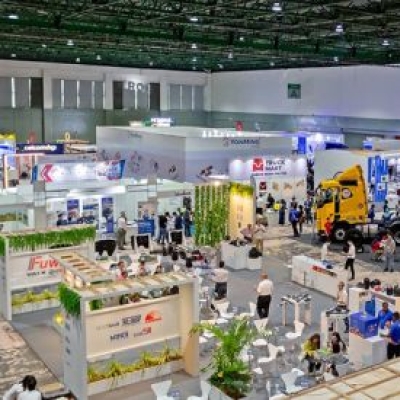


Comments (0)
ADD COMMENT